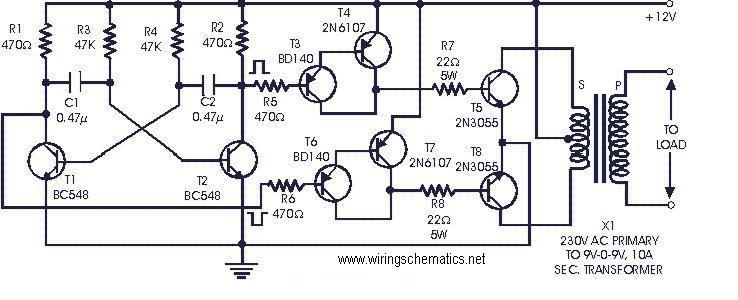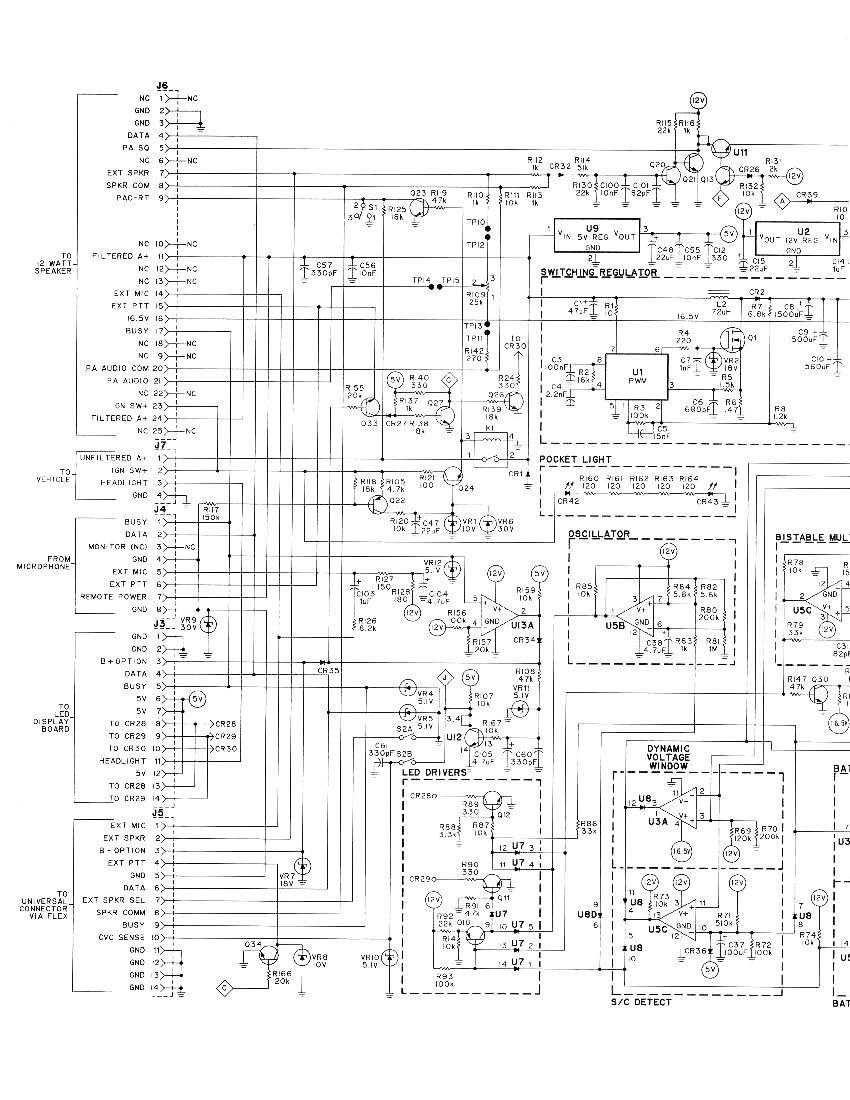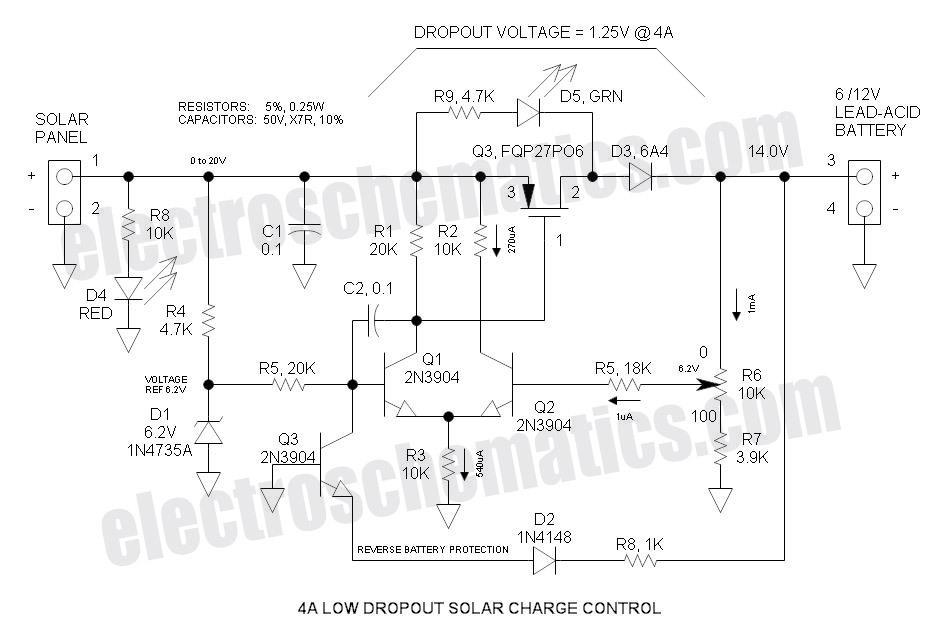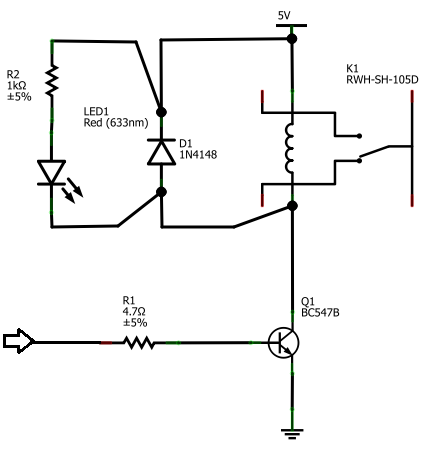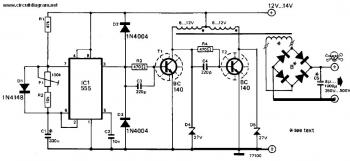
12V PC Adapter
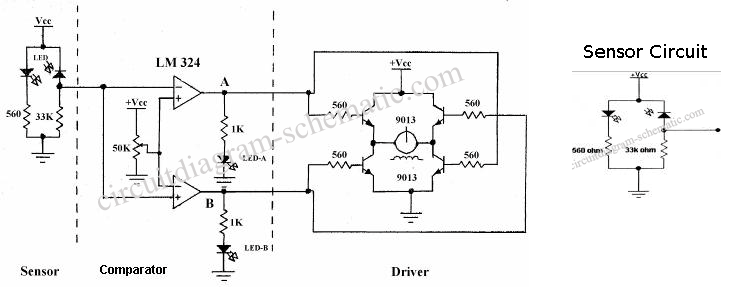
The following circuit illustrates a 12V PC Adapter Circuit Diagram. Features include a current limiting circuit connected in series with the 12V supply.
The 12V PC Adapter Circuit is designed to convert AC mains voltage to a stable 12V DC output suitable for powering various electronic devices. The primary components of this circuit typically include a transformer, a rectifier, a filter capacitor, a voltage regulator, and a current limiting circuit.
1. **Transformer**: The circuit begins with a step-down transformer that reduces the AC mains voltage (usually 120V or 240V) to a lower AC voltage suitable for rectification. The transformer provides isolation from the mains and ensures safety.
2. **Rectifier**: Following the transformer, a bridge rectifier is used to convert the AC voltage to pulsating DC. This component typically consists of four diodes arranged in a bridge configuration, allowing current to flow in one direction regardless of the polarity of the input AC voltage.
3. **Filter Capacitor**: The output of the rectifier is a pulsating DC voltage, which is not suitable for most electronic applications. A filter capacitor is employed to smooth out the pulsations, providing a more stable DC voltage. The value of the capacitor is selected based on the load current and the desired ripple voltage.
4. **Voltage Regulator**: To maintain a consistent output voltage of 12V, a voltage regulator is included in the circuit. This component ensures that the output voltage remains stable despite variations in load current or input voltage. Common voltage regulators used in such circuits include the LM7812, which provides a fixed 12V output.
5. **Current Limiting Circuit**: To protect the circuit and connected devices from overcurrent conditions, a current limiting circuit is implemented. This circuit can be designed using various methods, such as a simple resistor in series with the load or more complex configurations involving transistors or dedicated current limiting ICs.
Overall, the 12V PC Adapter Circuit is an essential design for powering low-voltage electronic devices, providing a reliable and safe power source. Proper component selection and layout are crucial to ensure efficiency, stability, and safety in the final application.The following circuit shows about PC Adapter 12V Circuit Diagram. Features: a current limiting circuit is connected in series with the12V supply, .. 🔗 External reference
The 12V PC Adapter Circuit is designed to convert AC mains voltage to a stable 12V DC output suitable for powering various electronic devices. The primary components of this circuit typically include a transformer, a rectifier, a filter capacitor, a voltage regulator, and a current limiting circuit.
1. **Transformer**: The circuit begins with a step-down transformer that reduces the AC mains voltage (usually 120V or 240V) to a lower AC voltage suitable for rectification. The transformer provides isolation from the mains and ensures safety.
2. **Rectifier**: Following the transformer, a bridge rectifier is used to convert the AC voltage to pulsating DC. This component typically consists of four diodes arranged in a bridge configuration, allowing current to flow in one direction regardless of the polarity of the input AC voltage.
3. **Filter Capacitor**: The output of the rectifier is a pulsating DC voltage, which is not suitable for most electronic applications. A filter capacitor is employed to smooth out the pulsations, providing a more stable DC voltage. The value of the capacitor is selected based on the load current and the desired ripple voltage.
4. **Voltage Regulator**: To maintain a consistent output voltage of 12V, a voltage regulator is included in the circuit. This component ensures that the output voltage remains stable despite variations in load current or input voltage. Common voltage regulators used in such circuits include the LM7812, which provides a fixed 12V output.
5. **Current Limiting Circuit**: To protect the circuit and connected devices from overcurrent conditions, a current limiting circuit is implemented. This circuit can be designed using various methods, such as a simple resistor in series with the load or more complex configurations involving transistors or dedicated current limiting ICs.
Overall, the 12V PC Adapter Circuit is an essential design for powering low-voltage electronic devices, providing a reliable and safe power source. Proper component selection and layout are crucial to ensure efficiency, stability, and safety in the final application.The following circuit shows about PC Adapter 12V Circuit Diagram. Features: a current limiting circuit is connected in series with the12V supply, .. 🔗 External reference
